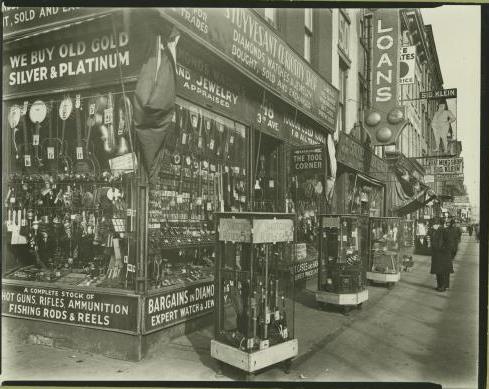Cold War America (Unit 4)
by Dr. H - March 17th, 2012
Enjoy your spring break!
 When we come back, we will have magically jumped over World War II and landed in the postwar period to talk about media and popular culture of the 1950s. The online quiz will cover EH Ch 27 on World War II, and that will be open from Monday 3/26 to Friday 3/30.
When we come back, we will have magically jumped over World War II and landed in the postwar period to talk about media and popular culture of the 1950s. The online quiz will cover EH Ch 27 on World War II, and that will be open from Monday 3/26 to Friday 3/30.
Here’s how the unit will look – it’s a relatively short one, and in class we’ll be working mainly from Chapters 26 and 28.
Mon 3/26 – From WW2 to the Cold War. Reading: EH Ch 26 p. 740-750 and Ch 27 p. 757-763
Wed 3/28 – McCarthyism. Reading: EH Ch 27 p. 769-772 and 776
Fri 3/30 – Workshop Day. We will be screening clips of 1950s TV shows. Reading: “Television in the Family Circle” (PDF). Due in class: SkillBuilder #4
Mon 4/2 – Suburbia and its Critics. Reading: EH Ch 28 p. 781-792
Wed 4/4 – Rebellion and Space Racing. Reading: EH Ch 28 p. 793-805
Fri 4/6 – Exam #4 in class



